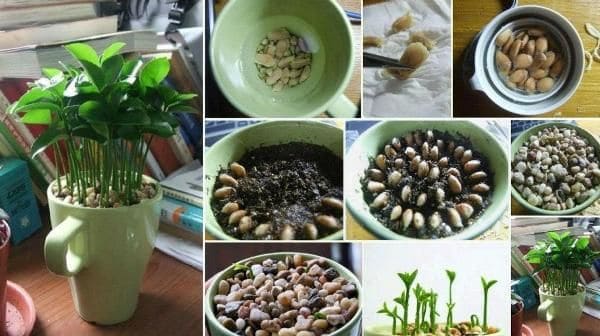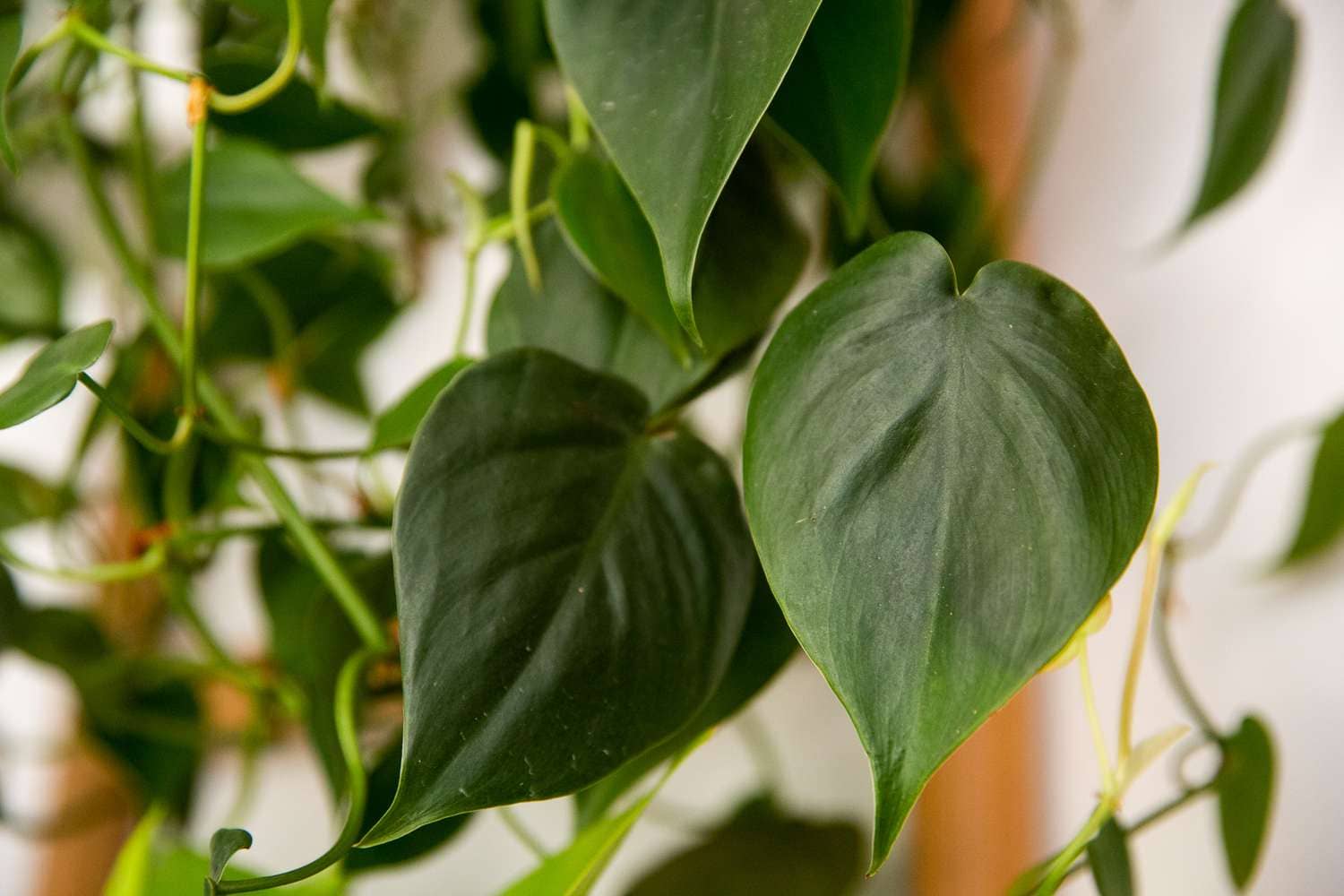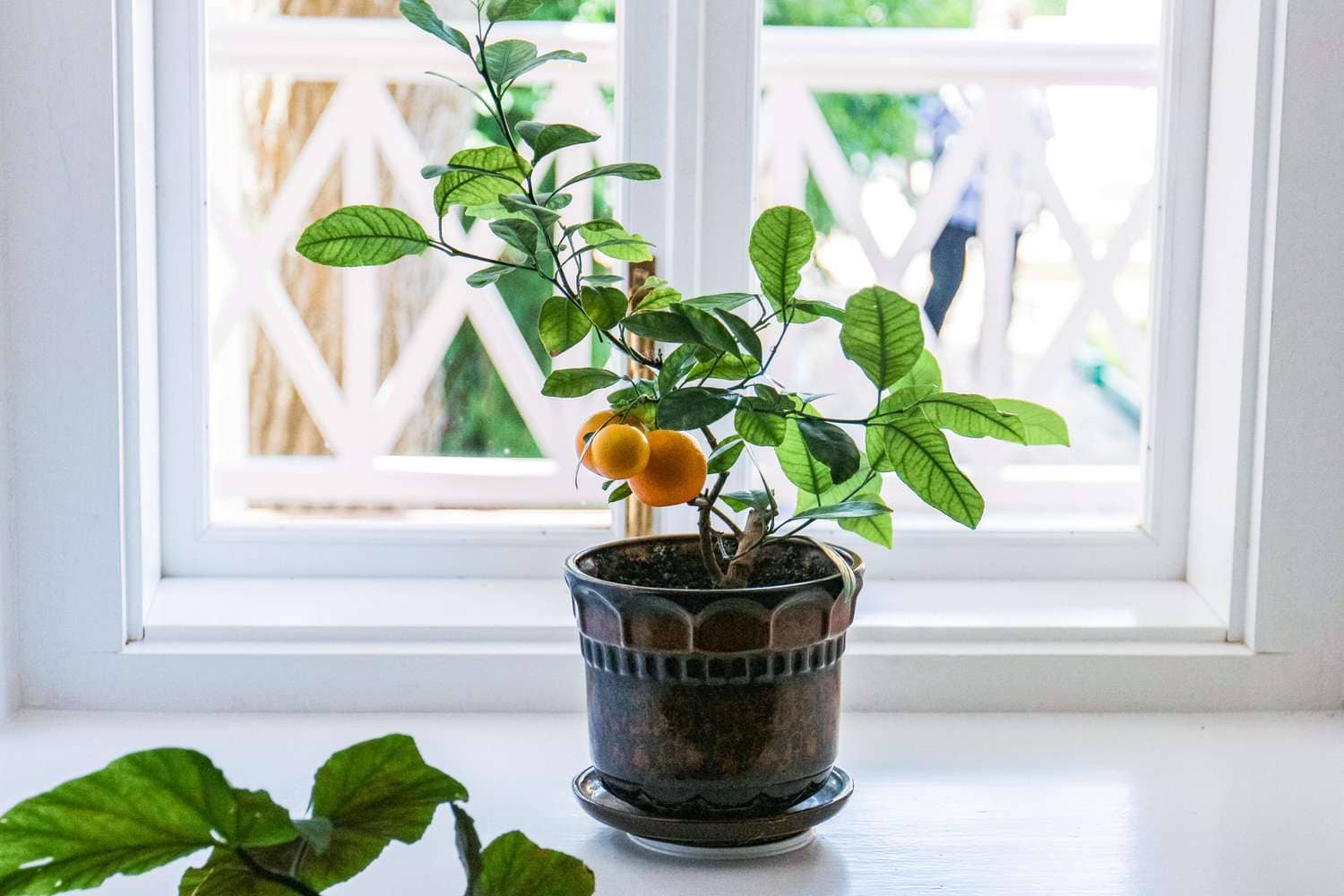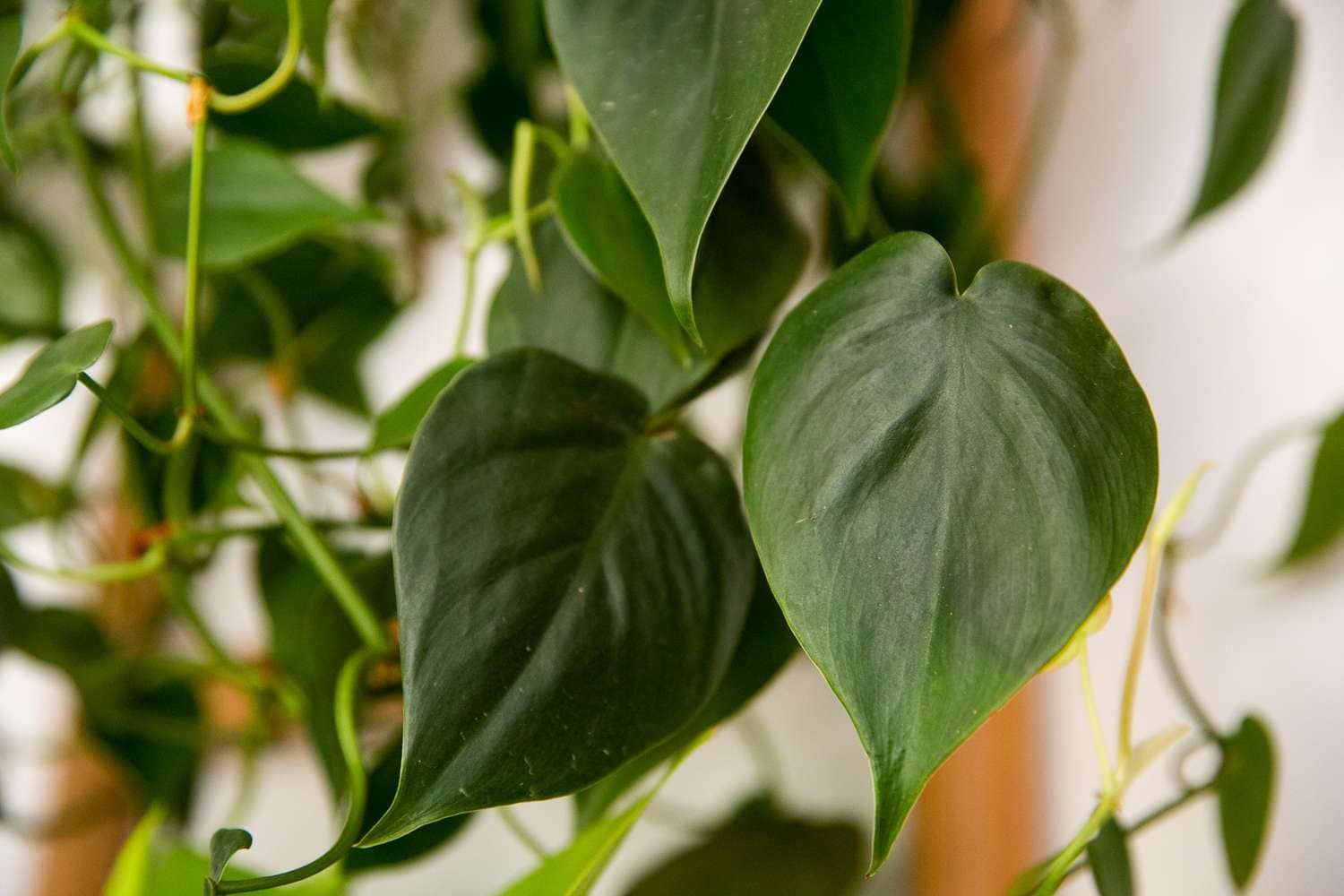Introduction
French marigolds, scientifically known as Tagetes patula, are beloved for their vibrant hues, compact growth, and versatility in gardens. Originating from Mexico and Central America, these annual flowers have captured the hearts of gardeners worldwide. In this article, we delve into the world of French marigolds, exploring their cultivation, care, and the myriad benefits they offer to both gardeners and the ecosystem.
Growing Conditions
French marigolds thrive in sunny locations, requiring at least six hours of direct sunlight daily. When selecting a planting site, opt for well-draining soil with a pH level between 6.0 and 7.5. These hardy flowers tolerate various soil types but prefer loamy, fertile soil. Additionally, ensure adequate air circulation to prevent moisture-related issues.
Varieties
French marigolds boast a diverse array of cultivars, each with its unique characteristics. From the petite ‘Lemon Gem’ to the bold ‘Durango Flame,’ there’s a variety to suit every garden palette. Explore the striking hues, varying heights, and distinct foliage of popular cultivars to add visual interest to your landscape.
Planting
For optimal growth, sow French marigold seeds after the last frost date, as they prefer warm soil temperatures. Alternatively, start seeds indoors 4-6 weeks before the expected transplanting date. When planting directly outdoors, space the seeds or seedlings 8-10 inches apart, ensuring adequate room for growth. Plant seeds at a depth of ¼ inch and maintain consistent moisture until germination occurs.
Care and Maintenance
To encourage vigorous growth and prolific blooming, fertilize French marigolds monthly with a balanced fertilizer. Monitor plants for common pests such as aphids and spider mites, employing organic pest control methods when necessary. Regular deadheading promotes continuous flowering throughout the growing season, prolonging the plant’s aesthetic appeal.
Benefits
Beyond their ornamental value, French marigolds offer several benefits to the garden ecosystem. These aromatic flowers serve as natural pest repellents, deterring harmful insects while attracting pollinators like bees and butterflies. Additionally, their vibrant blooms add a pop of color to garden beds, containers, and borders, enhancing overall aesthetics.
Propagation
Save seeds from mature French marigold plants by allowing the flowers to fully develop and dry on the plant. Once dried, collect the seeds and store them in a cool, dry place for future planting. Alternatively, propagate French marigolds through stem cuttings, ensuring each cutting has at least one set of leaves and a portion of the stem.
FAQs
- Are French Marigolds Annuals or Perennials?
- How do I Deadhead French Marigolds?
- Can French Marigolds Repel Insects?
- What Are Some Common Pests of French Marigolds?
- Do French Marigolds Attract Bees?
- Can French Marigolds Survive Winter?
Conclusion
In conclusion, French marigolds stand as a testament to nature’s beauty and resilience. By providing optimal growing conditions and attentive care, gardeners can enjoy a season-long display of vibrant blooms while reaping the benefits of natural pest management and pollinator attraction. Incorporate these charming flowers into your garden to elevate its beauty and ecological value.





